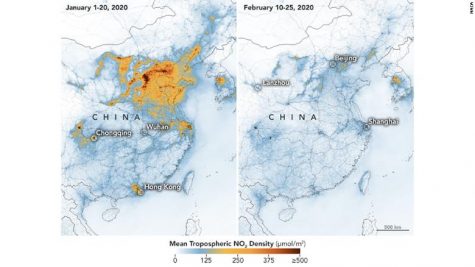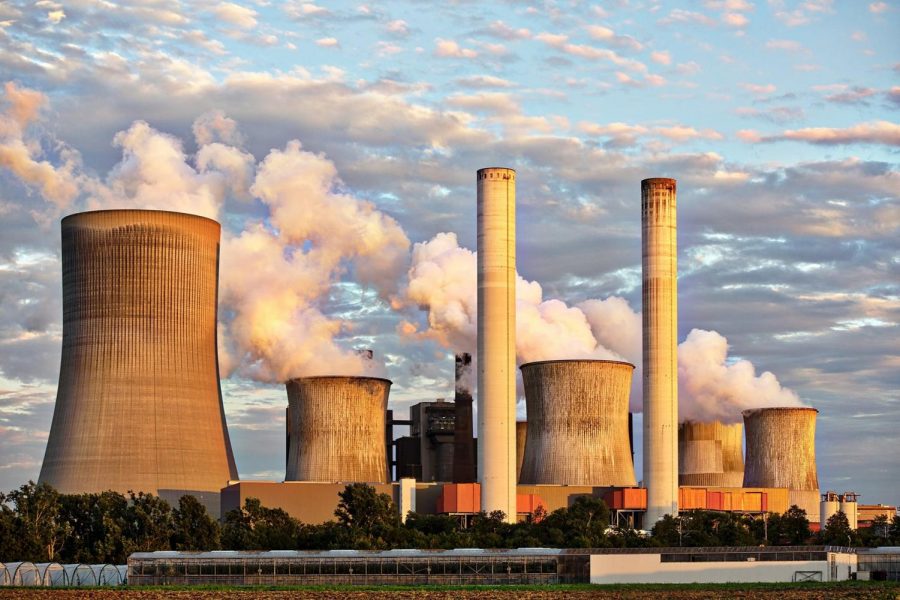How the Coronavirus is Changing the Environment
The pandemic’s one beneficiary.
As the global economy faces one of its biggest downturns in history and many countries go on lockdown to prevent the further spread of COVID-19, changes in the environment have begun to be reported.
The lockdowns caused by the virus are impacting work schedules and travel frequency, which is credited to some cities reporting sharp decreases in planet-heating gas emissions. Researchers in New York City noted a 50% decrease in carbon monoxide emissions already compared to last year’s data.
These changes can be seen all around the plant with Italy and China- the countries with the most reported cases of the coronavirus- seeing the most significant change in their environments.
China
In January, China implemented strict lockdowns in a number of its cities in an effort to contain the virus. Lockdowns that are now accredited to containing the disease in China and are being mimicked by many countries around the world. Transportation methods were suspended, roads were blocked, and many residents were told only to venture out of their homes for groceries and medical help. Now, nearly two months after the implementation, satellite images released by NASA show a major decrease in nitrogen dioxide emissions in China (a gas released by vehicles and factories) in some of its major cities, which were previously known to have some of the worst air pollution in the world.

The Center for Research on Energy and Clean Air found that from February 3rd to March 1st, CO2 emissions were down by at least 25%. China contributes to 30% of global CO2 emissions, so this is a very significant drop, even if it’s only for a short period of time.
However, when the country starts to reboot after its containment efforts, experts warn that this could lead to even high levels of toxic emissions.
Italy
Like China, Northern Italy has also reported significant falls in nitrogen dioxide emissions due to its lockdowns.
Additionally, as the country’s tourism industry has come to a halt, the water in Venice’s canals has become crystal clear. While this is less a sign of cleaner water and just a result of the capability of sediment to settle as water traffic has stopped, wildlife that is rarely seen in the canals anymore has ventured back. Residents have reported seeing swans and dolphins in the canals this week.

With an overall decrease in human activity, the environment has reaped the benefits of the outbreak. As nature replenishes itself, environmentalists worry of the all time highs production will reach when economies around the world begin to reboot in the future. However, the short term halt in global production and travel has produced enormous benefits to the environment.








